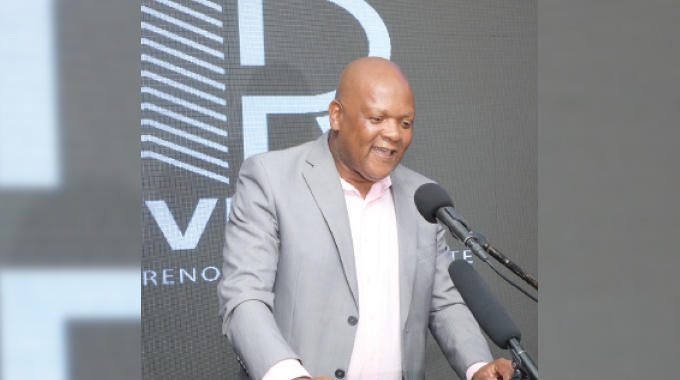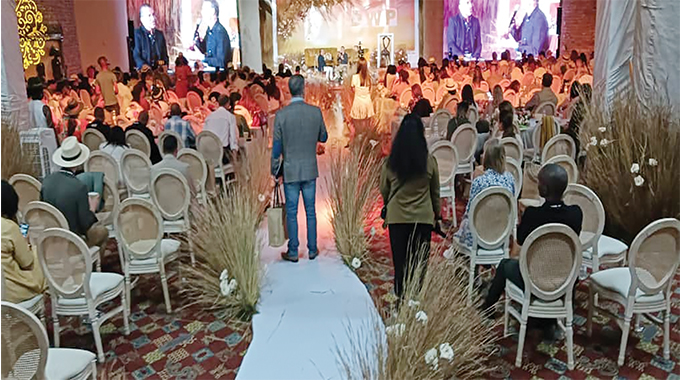Access to energy key to economic growth
Ian Scoones
Last week I was in Nairobi for a conference focused on “Low Carbon Africa”, discussing the diverse pathways to low carbon energy. Energy access is a key issue across the continent. Recently Kofi Annan launched the Africa Progress Panel report that argued for a massive energy revolution in Africa, with the potential for technological leapfrogging to a low carbon future.
But the reality on the ground is less bright, and this imagined pathway to energy security through a universal-access, low carbon system is a way off. Load shedding is frequent even in major cities, and in rural areas off-grid have no access to electricity at all.
Indeed, according to Cosmas Ochieng, Executive Director of the African Centre for Technology Studies, across Africa 620 million lack access to grid electricity. This has major impacts. Economic growth is fuelled by energy. In agriculture, electricity supply is crucial for many irrigation systems, and intermittent supply can result in disaster. But more fundamental life and death challenges arise.
John Magrath of Oxfam commented in a blog from Zimbabwe, reflecting on these ground realities:
“I was talking to a nurse at a rural health centre who described how the cost of two candles can be a matter of health or hunger, or even life or death. The health centre had no electricity, so expectant mothers were told to bring two candles with them to provide light for their delivery. Two candles cost a dollar, which is the same cost as going to the mill to get your maize ground into mealie meal for a family’s dinner. Lacking a dollar, mothers-to-be naturally prioritised feeding their children over buying candles, and as a result, often left it too late to reach the health centre and gave birth on the road, at night”.
Development agencies are now addressing energy poverty and access. The funding of low cost, decentralised, off-grid sustainable energy solutions — at health centres, in rural growth points, at irrigation schemes and at people’s homes — can make a huge difference. Innovations in technology and finance are crucial. This is driving down costs and making access to low carbon energy sources achievable for a wide number of people. The cost of solar panels, and lighting sources such as solar lanterns, has gone down dramatically in recent years.
Financing models have been revolutionised too. In Nairobi, we heard from Julius Kipng’etich, CEO for the leading and innovative Equity Bank, which now operates across six African countries, and with 10 million customers.
He talked about how lending needs to be defined by a “red line” that means unsustainable industries will not get finance. Lending instead will be channelled only to sustainable activities. Sustainability is “not just CSR”, he says, but “the core business” of the bank. He wants to “change the narrative” about what a corporate does.
In our work in Zimbabwe, we have been amazed at the scale of investment in small-scale solar technologies. When we started tracking investment patterns in the new resettlement areas in the early 2000s, we didn’t even have solar panel purchases on our standard census questionnaire, as they barely existed.
In 2012, we asked how many panels had been purchased by 280 A1 households in the five years before in our Masvingo sites, and a total of 170 panels were purchased, across 52 percent of households. Across 220 A1 households in Mazowe in 2014, 220 panels had been purchased in the past five years, and 74 percent of households had at least one solar panel. Within a few years, I predict that nearly every household will have access to electricity through low-cost solar technologies.
Access to solar electricity is transforming people’s lives. With lighting, kids can study for school after dark, stored energy can be used to help pump water, and of course mobile phones can be charged to facilitate agricultural marketing.
This post originally appeared on Zimbabweland









Comments